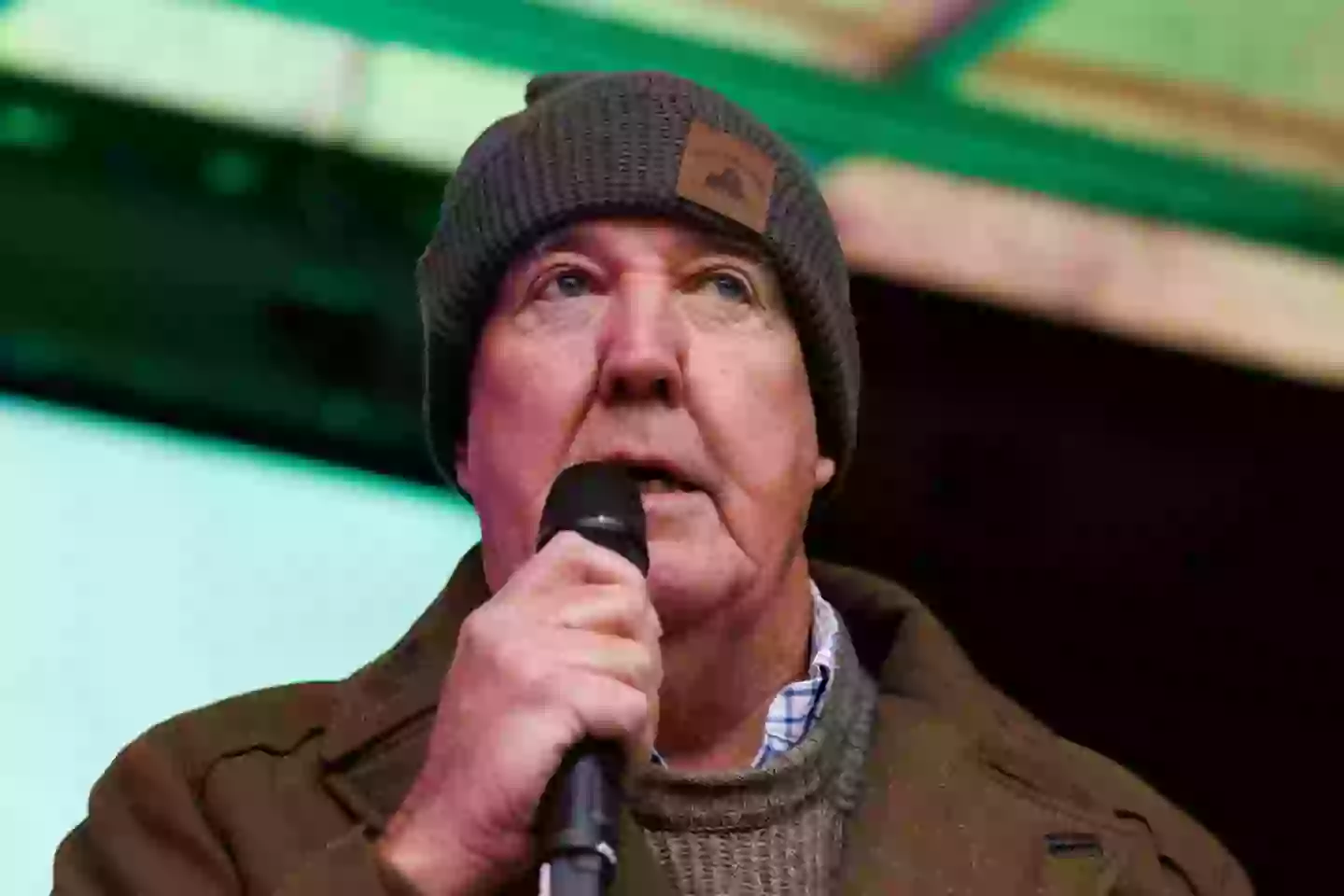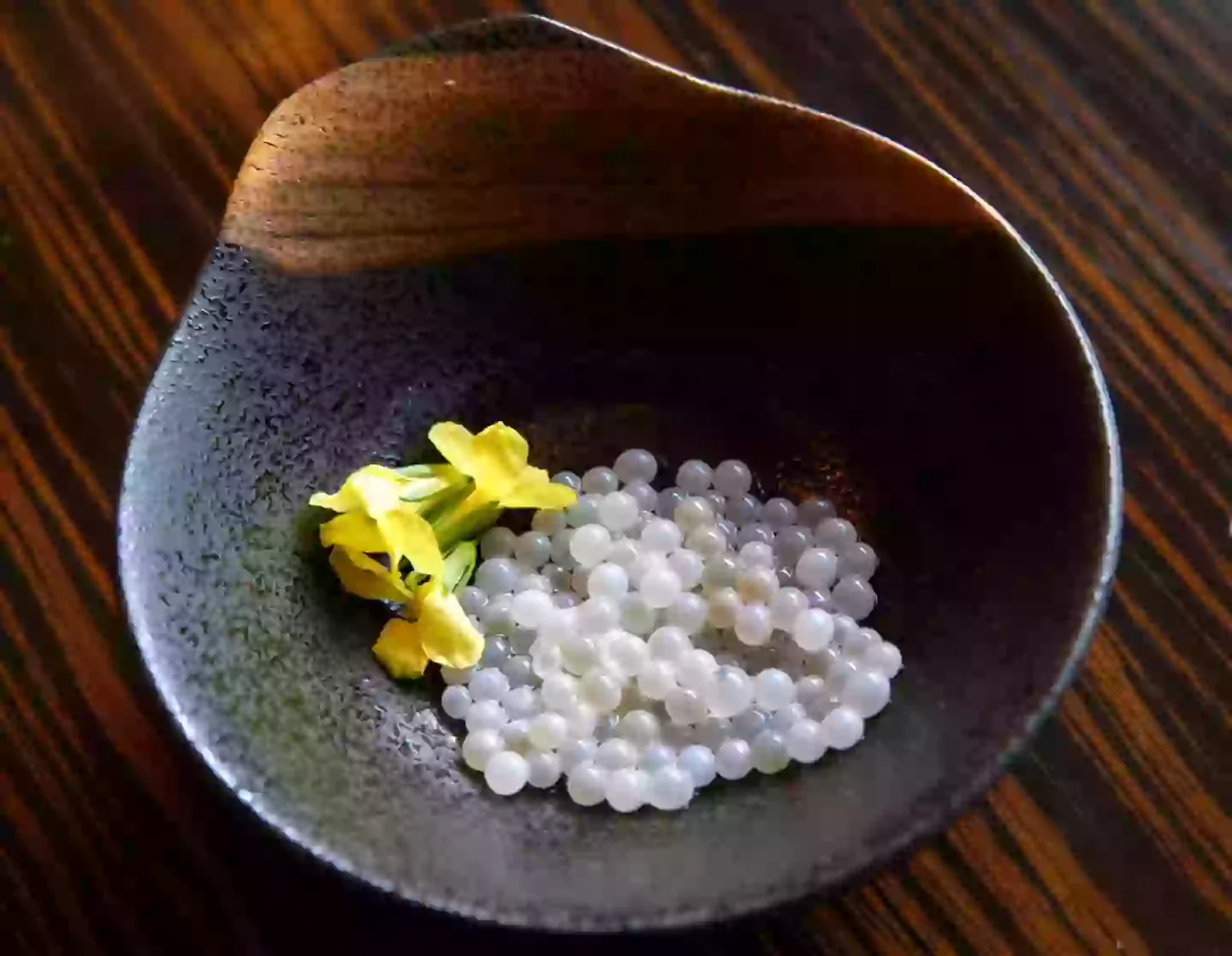
Jeremy Clarkson has revealed that his diet now includes a pricey food after quitting Ozempic.
The British TV presenter recently admitted that his experience on Ozempic was less than pleasant, and above all, it just didn't work on him.
Clarkson, 64, has shared aspects of his new, healthier, lifestyle with readers after revealing that he underwent emergency heart surgery last October, saving his life after being 'days from death'.
Advert
As well as trying to adopt a new way of living, the Clarkson's Farm presenter has now opened up about using appetite suppressants to help him lose some weight, two years after trying his hand at Ozempic.
The TV personality left no stone unturned in his column for The Sunday Times, in distinct Clarkson-fashion.

Clarkson's use of Ozempic
The former Top Gear presenter admitted that his body 'lost the ability to deal with gluttony' while he was on the drug, which was originally introduced to the medical world to help patients with type 2 diabetes.
Advert
But now, it is popular among those looking to lose weight, and while the availability of drugs for weight loss is under review, there are other alternatives available too.
Clarkson further explained that he was 'sick a lot' during Ozempic, adding: "After six months, having put on half a stone, I gave up."
He would eventually turn to another weight-loss drug in Mounjaro, another injectable medicine that is designed for type 2 diabetes.
"Three months ago I started a course of the other one. Muntjac [Mounjaro], I think it’s called," the TV personality explained.
Adding that he is only microdosing, he admitted: "I can open the fridge, look at all the goodies in there and then close it. I haven’t lost any weight but it seems inevitable that, as I no longer want to eat my own body weight in chocolate and beef, I will."
Advert

Beyond his use of weight-loss drugs, the presenter has started eating differently, even admitting that his appetite is nowhere near as big as it used to be, describing it as a 'minibar existence'.
But one thing he has added to his food repertoire is snail caviar, of all things, which he says is similar to real caviar.
"So you can pop a teaspoon of that onto half a Ritz cracker and you have yourself the 21st century’s answer to a mediaeval banquet," he explained.
They're simply 'unborn snails', the presenter says, and are white in colour.
How much does snail caviar cost?
Simply saying that 'it's a lot', Clarkson explained: "I think I’m right in saying it’s the only foodstuff on earth that is more expensive than cocaine.
Advert
"And normally it takes the sheen off the dining experience when you know that each mouthful is costing you £50. But when that mouthful is a meal, it’s not so bad. And that’s the genius of my idea."
Its price is so extortionate (£75 for 75g) due to the fact that the average snail only produces 100 eggs a year, making them extremely rare.

Health benefits and dangers
According to Global Seafoods, snail caviar has a number of health benefits, such as:
- Being high in Protein: Snail caviar supports muscle growth and tissue repair.
- Rich in Omega-3 Fatty Acids: This helps to promote heart health and brain function.
- High in minerals and vitamins: Some of these include calcium, magnesium, and essential vitamins for your well-being and health.
When it comes to risks though, there are some things to bear in mind:
- Parasites: Snails can harbour the likes of Angiostrongylus cantonensis (rat lungworm) among other parasites, which can lead to illness if eaten without being cooked properly.
- Bacterial Contamination: Snails can carry Salmonella and Listeria among other bacteria, which can lead to food poisoning.
- Poor preparation: As with most seafoods, incorrect cooking or handling can increase the chances of contracting a foodborne illness.
Topics: Jeremy Clarkson, Health, Lifestyle, Food And Drink